What is a GPT AI Chatbot? How It Works, Benefits & Uses in 2025



GPT chatbot are AI powered tool built on the Generative Pre-trained Transformer (GPT). They generate responses in real time based on user input and context, making them suitable for a wide range of business tasks.
The foundation for this technology was laid by Google in 2017 through its Transformer architecture. OpenAI applied this architecture to language modeling and introduced the first GPT model in 2018. Since then, versions like GPT5, O3, GPT-4, GPT-4o have improved in accuracy, context handling, and overall performance.
AI Chatbots are now used in customer service, sales, lead generation, internal workflow, automation, and more. This guide explains how they work and how you can build your own GPT chatbot suited to your business.

An AI chatbot GPT is a smart conversational program powered by the Generative Pre-trained Transformer model.
Traditional chatbots that use pre-written responses or follow simple scripts, chatbot GPT generate answers on real time based on users query. GPT chatbots can:
Here are three important points to understand about GPT Models:
A GPT chatbot is a conversational tool powered by the Generative Pre-trained Transformer model. Standard GPT models are trained on broad data, which gives them strong language skills but limited knowledge. A GPT chatbot can be connected to your own data such as documents, websites, or knowledge bases so its replies are accurate, context-aware, and directly relevant to your needs.
START BUILDING TODAY
While GPT models are powerful, they have limits because it’s trained on general data and doesn’t know your business. It cannot automatically know about the latest events, your company’s policies, or your private data.
To fix this, two methods are used:
Here’s how the system works when:
Start by adding your business data:
YourGPT supports multiple formats and centralises all your content in one place.
Once uploaded, Your data is broken into small text chunks (tokens) and mapped into vectors so the AI understands meaning, not just words.
This is what allows the chatbot to “understand” your content beyond just keyword matching.
When someone sends a message, the chatbot also tokenises and embeds the query (converting it into a vector.)
Then it compares this query vector with your content vectors to find the most relevant pieces of information.
Responses reflect your tone and writing style. It can be controlled by your base prompt and the way your content is written.
The result: accurate, helpful, on-brand replies that improve customer experience.
The chatbot uses the top-matching content to generate a natural-sounding response all grounded in your data. This lead to less hallucinations. You can read the guide on how to avoid hallucination.
If the information doesn’t exist in your sources, it says so using the persona you given.

Many people use the terms GPT and ChatGPT interchangeably, but they refer to different things. Understanding the distinction is important before deciding which type of chatbot suits your needs.
ChatGPT is an application that is general purpose AI chatbot that uses GPT model as base.
GPT (Generative Pre-trained Transformer) is the underlying language model that powers GPT chatbots. It is a powerful AI system trained on large volumes of text data to understand and generate human-like language.
The difference comes down to scope and customization:
If you want your chatbot to answer questions accurately, reflect your brand’s voice, and operate across your website or channels — then building a custom GPT chatbot is the right move.
In short:
✅ ChatGPT = One-size-fits-all assistant
✅ Custom GPT AI Chatbot = Business-trained, brand-aware virtual assistant

Building a GPT chatbot offers substantial benefits that enhance user experience and improve operations. Here are few reasons why should you consider developing one:
Customers expect fast, consistent service. A GPT chatbot helps businesses meet that expectation.
Every missed inquiry is a missed opportunity. GPT chatbots capture leads in real time.
Manual support processes slow down growth. GPT chatbots reduce workload and increase output.
GPT chatbots help lower your customer service expenses while maintaining quality.
Personalisation drives loyalty. GPT chatbots adapt responses based on customer behaviour.
Most businesses rely on outdated support systems. Implementing GPT chatbots positions your brand as forward-thinking.
Manual tasks waste time. GPT chatbots automate internal processes without human bottlenecks.
Customers engage on various platforms. A GPT chatbot ensures consistent service across all of them.
You can check out our post on boosting customer satisfaction with YourGPT chatbot.
Follow these steps to create and deploy your own customized AI chatbot with YourGPT in just a few minutes:
Create an account using your email or SSO. No technical setup needed — just log in and access the dashboard.

Upload your content. This includes help docs, PDFs, Notion pages, knowledge base articles, and web pages. YourGPT automatically processes and stores this data for retrieval.
Train your AI chatbot on your own data in minutes
Read articleChange the appearance of Your AI bot and set the chatbot’s tone using a base prompt. Define how it should speak, what it should prioritise, and what it should avoid. Example: “Respond like a friendly, professional for legal, SaaS.”

Deploy your chatbot to your website with a single line of embed code. Connect it to platforms like WhatsApp, Slack, or your internal tools using available integrations.

Run common queries through the bot. Check how it responds. Update your prompt or add missing data. Once satisfied, go live. Your bot will now respond to real users with real context — using your own content.
Before setting up your GPT chatbot, take time to get these key elements in place:
Be clear on the chatbot’s function. Is it for:
Knowing this upfront ensures the chatbot GPT is aligned with your actual business goals.
Your chatbot is only as good as the content behind it. Gather and organise:
Centralised, high-quality data leads to accurate, helpful responses.
Define how your chatbot should sound.
This is controlled by your base prompt, as well as the restrictions set for the GPT bot regarding what it is not allowed to do.
If your GPT needs to follow a process or follow multi-step workflows, create overview of agents flows.
Clear flow logic ensures the chatbot operates with consistency and control from day one.
A GPT chatbot is an AI-powered application that uses a Generative Pre-trained Transformer model to engage in conversations with users. It processes input text, generates relevant responses, and learns from interactions to improve over time. Users can use GPT chatbots for various applications, such as customer support, content generation, and even lead generation.
Yes, many GPT chatbots are designed to handle multilingual conversations. They can understand and generate text in several languages, making them useful for businesses with a diverse customer base. This capability enhances user experience and allows for more effective communication in global markets.
Using a GPT chatbot for customer support offers numerous advantages, including:
The cost of building a GPT chatbot varies significantly based on factors such as:
Yes, you can train a GPT chatbot for specific industries using either fine-tuning or Retrieval-Augmented Generation (RAG).
Fine-tuning involves training the chatbot with industry-specific datasets. This helps it understand the unique terminology and context of sectors such as healthcare, finance, or legal services. As a result, the chatbot can provide more relevant and accurate responses.
RAG allows the chatbot to access real-time data from external sources. This ensures that it can answer specialized queries effectively and remain up to date.
Both methods can greatly enhance your chatbot’s performance according to your specific requirements.
Retrieval-Augmented Generation (RAG) improves GPT chatbots by combining retrieval with generative models. This technique allows the chatbot to access information from external sources, making its responses more accurate and contextually relevant. By using RAG, chatbots can provide better answers and detailed insights, especially for specific or niche topics than LLM itself.
Fine-tuning a GPT chatbot can be beneficial, but it comes with challenges. The process is resource-intensive and may lead to issues like:
Businesses should weigh these factors carefully and consider whether advanced prompting or retrieval-augmented generation might meet their needs without the complexities of fine-tuning.
Determining the “best” GPT chatbot can be subjective, as it largely depends on specific needs and use cases.
In 2025, the most advanced GPT chatbot is the YourGPT AI chatbot
. This chatbot combines cutting-edge technology with user-friendly features, making it suitable for a wide range of applications—from customer support to sales.
A GPT chatbot is an AI tool built using Generative Pre-trained Transformer models. It improve customer service, support marketing and sales, automate internal tasks like answering common employee questions and more.
These chatbots provide fast, accurate responses at any time of day. They help reduce workload, save costs, and ensure consistent communication across websites, mobile apps, and platforms like WhatsApp.
For any business that depends on regular communication or repeated processes, a GPT chatbot is no longer a choice—it is a necessity. It helps you serve more people, more efficiently, without increasing your team size.
The technology is ready. Now is the right time to start building your GPT chatbot.
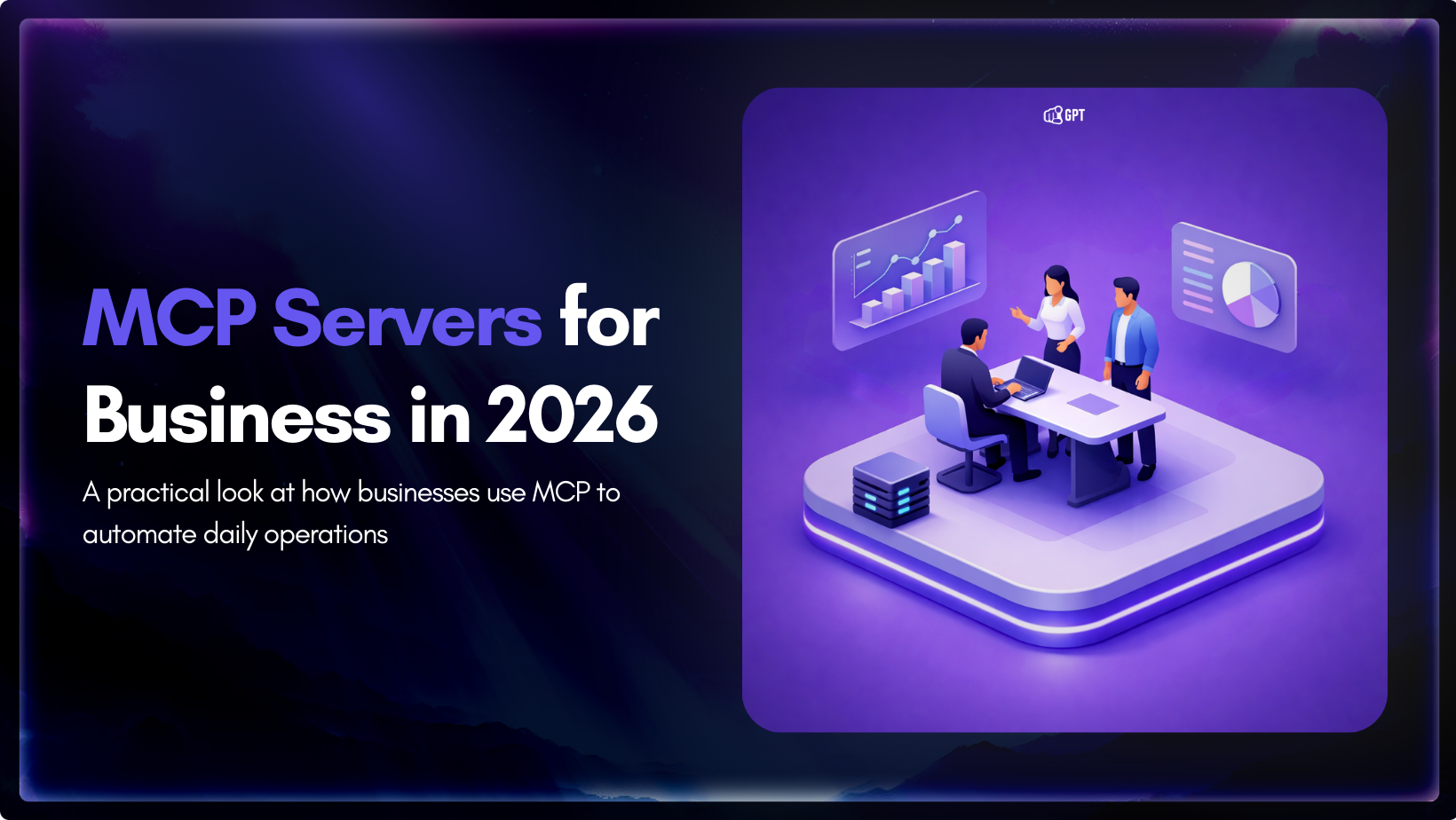
Growth-focused teams move faster when their tools work together instead of competing for attention. Modern development depends on multiple systems to ship code, review changes, monitor services, and access data. Each system serves a purpose, but routine work often means moving between dashboards, scripts, and internal tools. These small transitions shape how consistently a team […]

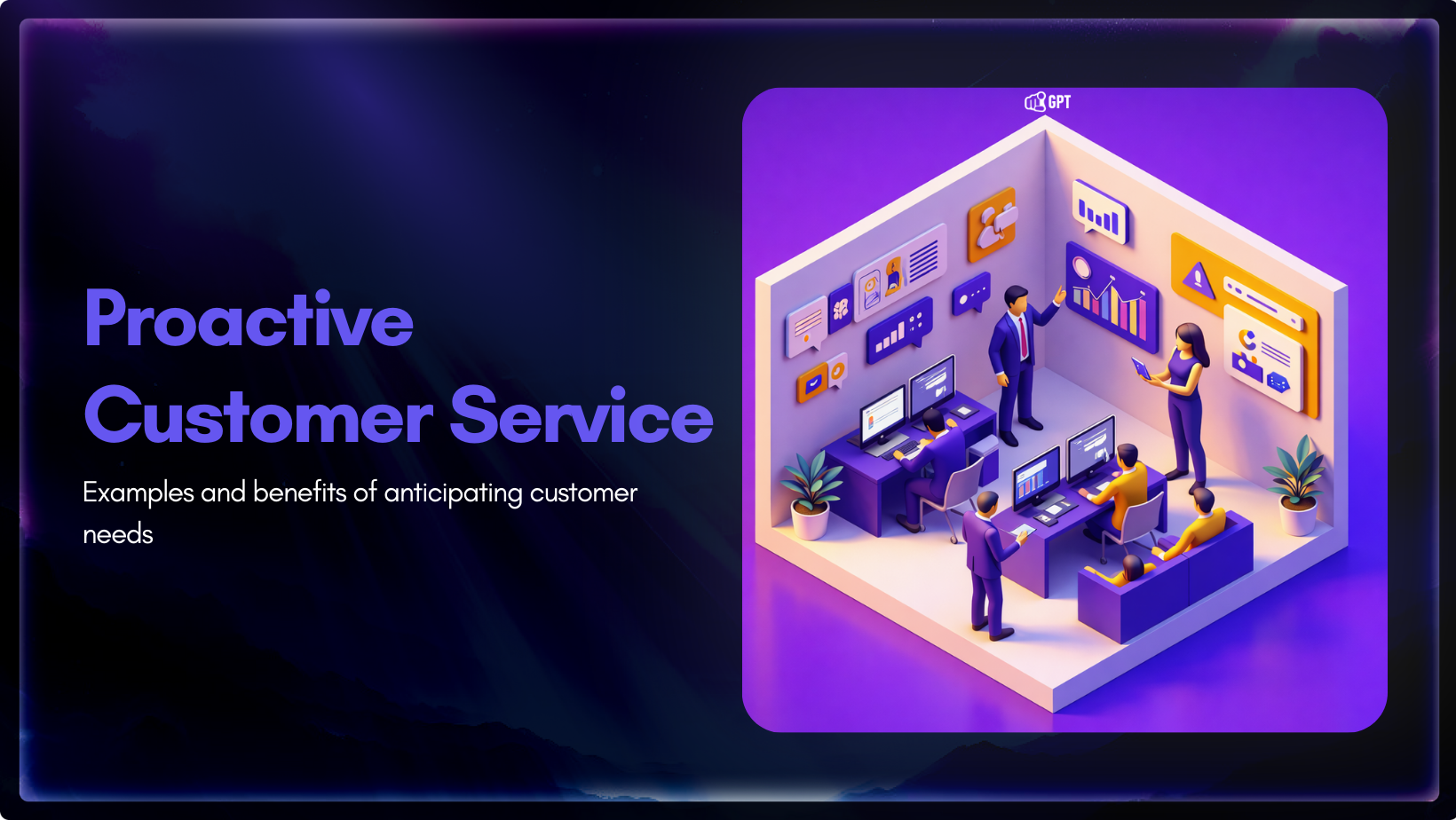
Most customer service moments begin long before a ticket is created. Something feels off. A payment does not go through. A delivery update stops moving. A user gets stuck at the same step and tries again. Customers usually pause, check, retry, and wait before they decide to ask for help. Proactive customer service works inside […]

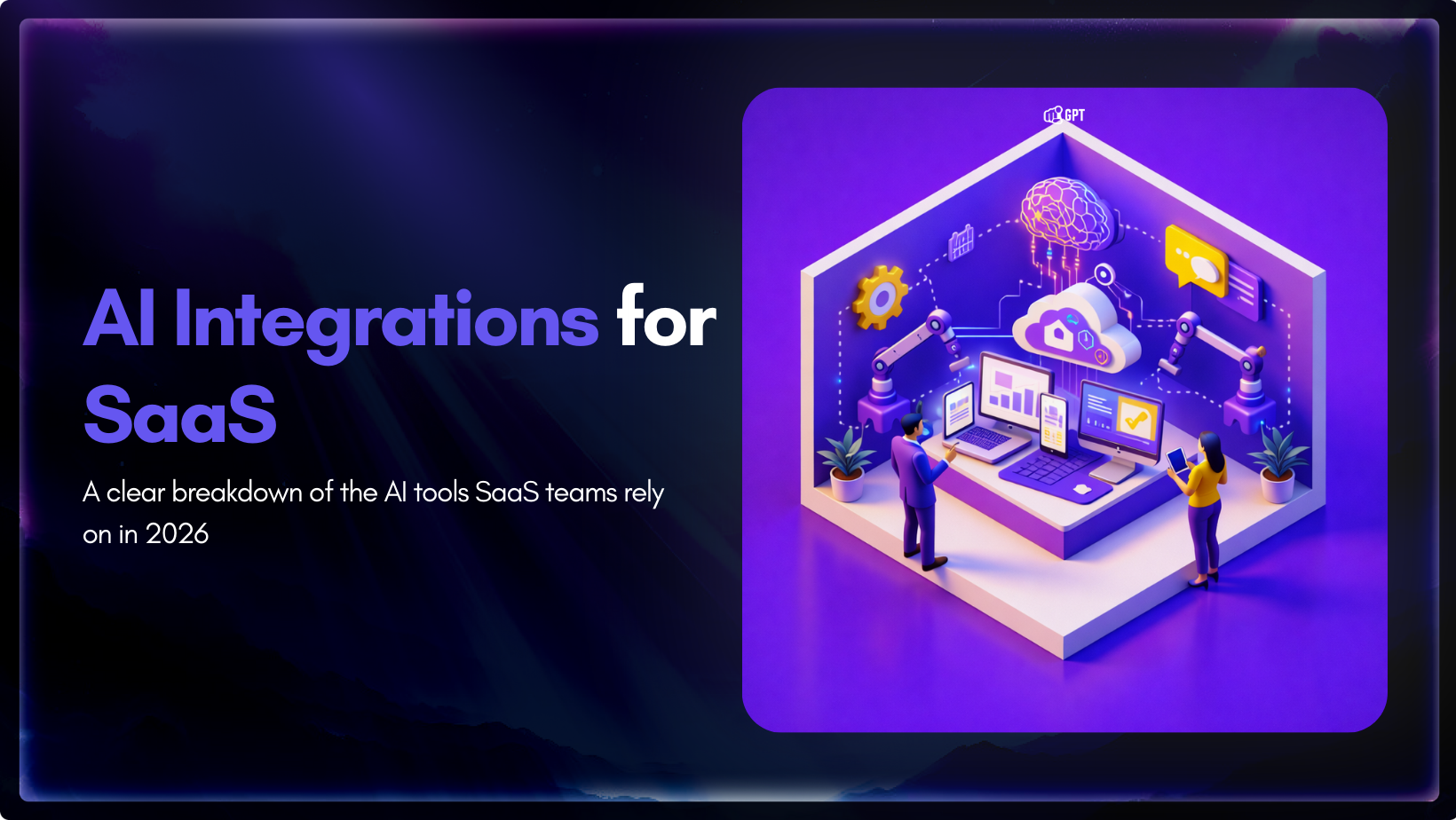
AI has become a core part of how modern SaaS products are built and delivered. In 2026, customers expect intelligent assistance to be available throughout their journey, from onboarding and everyday product usage to support and account management. Inside SaaS teams, AI is increasingly used to speed up workflows, reduce repetitive tasks, and improve how […]

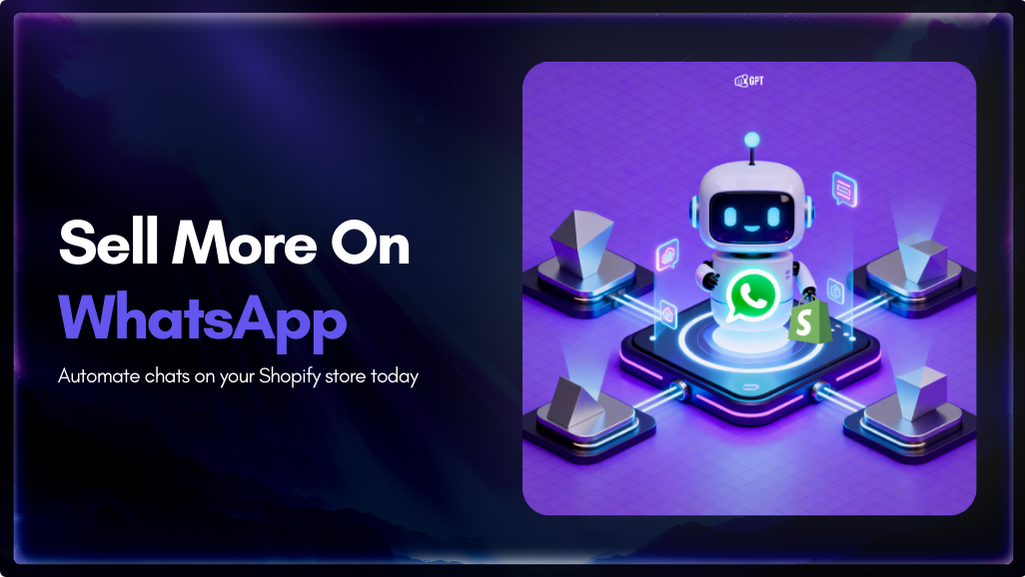
Shopify stores often use a chatbot on their website to handle product questions, order updates, and support. But customers also message on WhatsApp expecting the same quick answers. Most of them already use WhatsApp throughout the day, so reaching out there feels natural. A chatbot that works across both channels responds in seconds, guides purchase […]


Most businesses do not struggle to generate leads. They struggle to know which ones are worth acting on. Forms get filled, DMs arrive, emails are opened, and chats happen across multiple tools. Some prospects convert. Most do not. The real problem is that there is no reliable way to tell, early enough, which signals actually […]

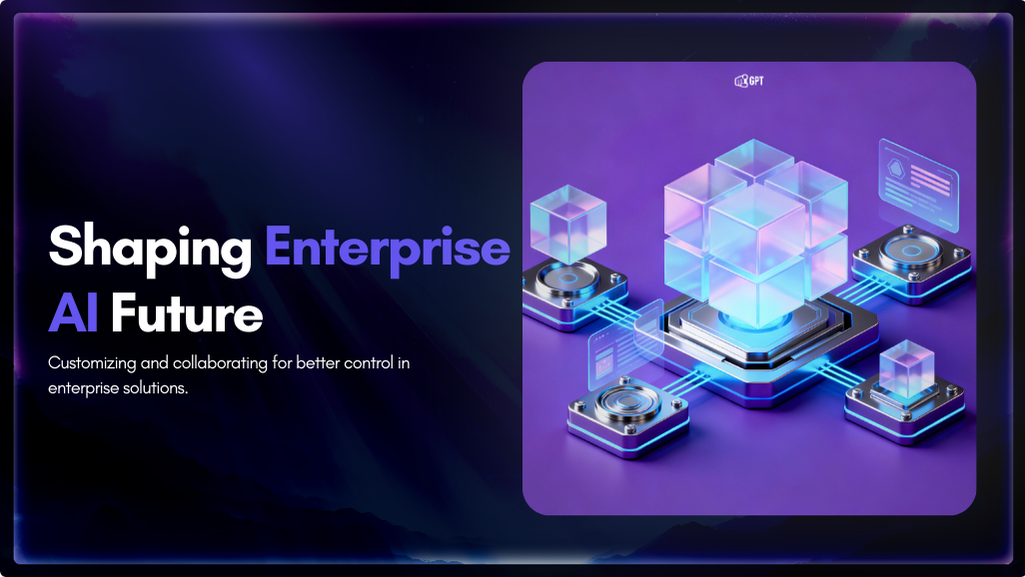
Artificial Intelligence has advanced quickly over the past five years, moving from an experiment to a standard component of modern business. AI has become a central part of enterprise strategy. 88% of organizations are now using AI. This figure has increased from 78% the year before. This transformation is reshaping how companies run, communicate, and […]
